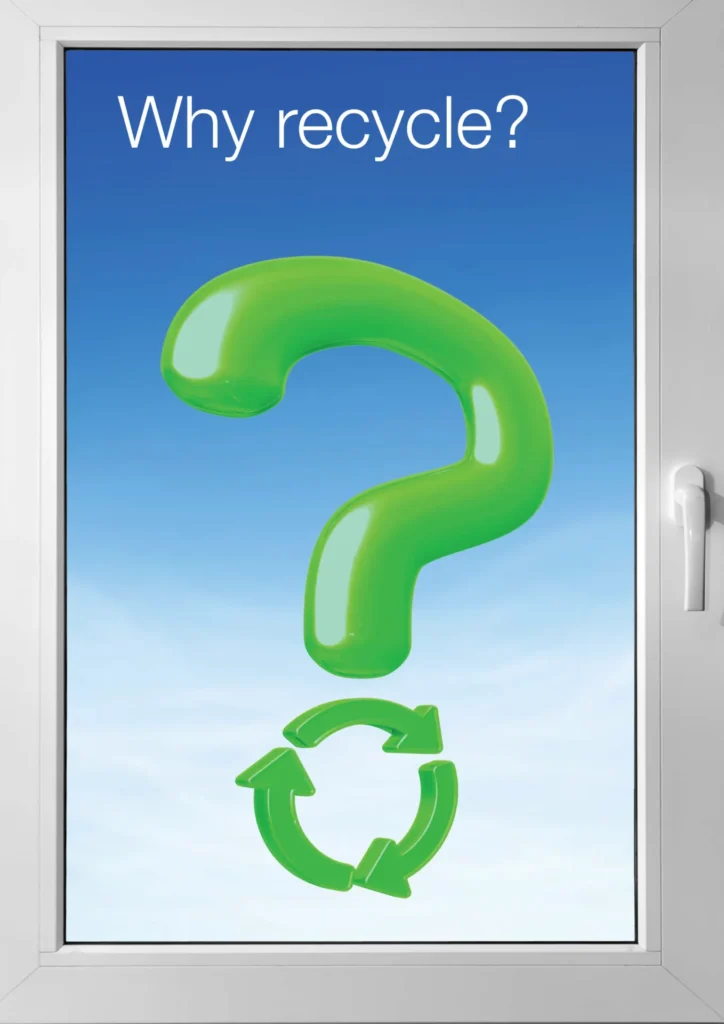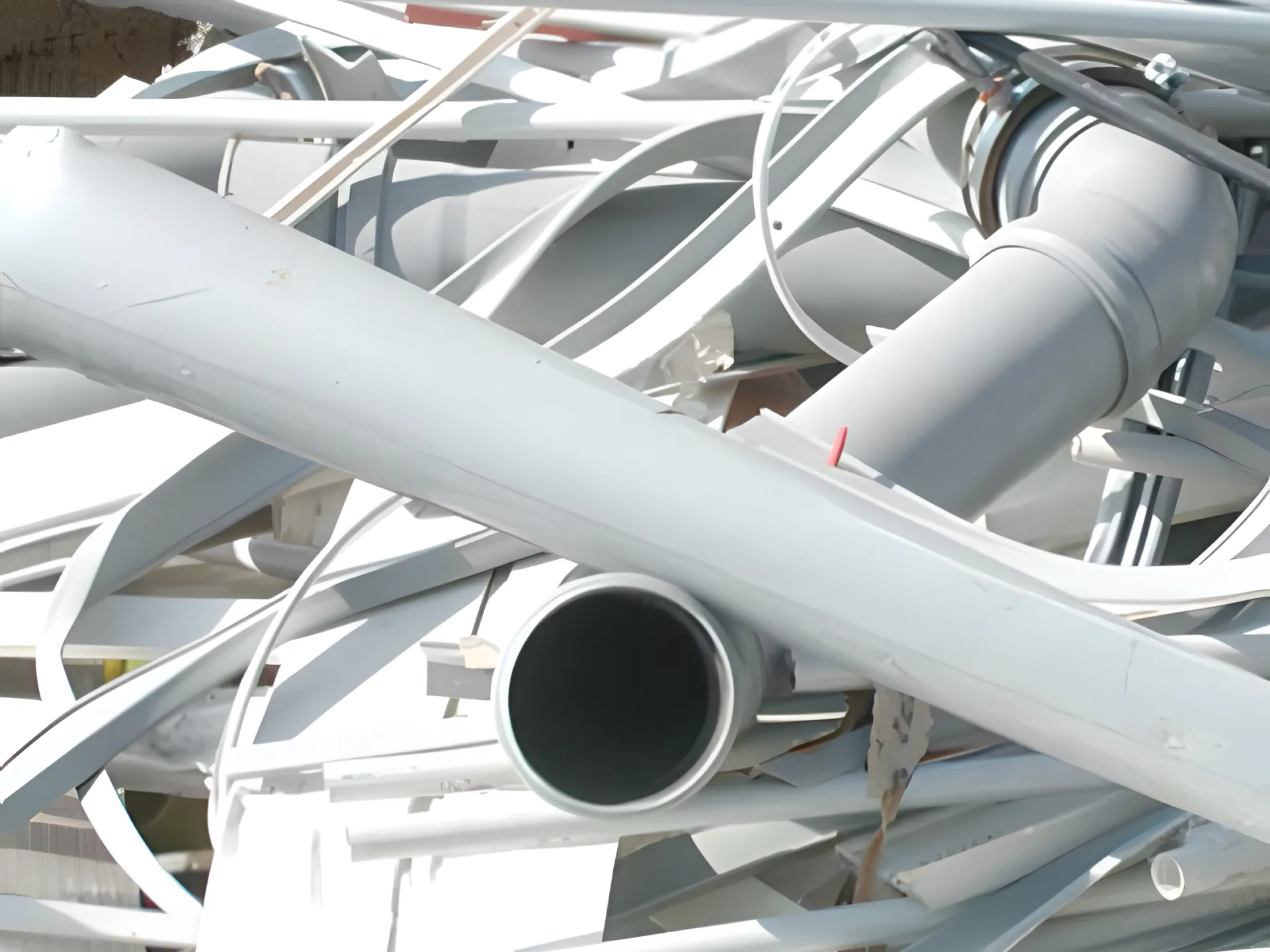In today’s sustainability-focused landscape, the demand for recycled PVC materials is steadily increasing. This growth is fueled by regulatory mandates and a market shift towards eco-friendly materials across industries such as construction, automotive, and packaging. By understanding these market dynamics and investing in the right tools—specifically PVC recycling machines—businesses can position themselves at the forefront of this green revolution.
Why Recycle PVC?
- Environmental Impact: Recycling PVC significantly reduces landfill waste and plastic pollution, thereby lowering the carbon footprint associated with plastic production.
- Regulatory Compliance: Governments globally are implementing stricter regulations on plastic waste management, incentivizing the use of recycled materials through various mandates.
- Economic Benefits: The market for recycled plastics, including PVC, is projected to exceed $100 billion by 2030. Recycled PVC often proves to be more cost-effective than virgin PVC, offering substantial production savings.

Understanding Market Demand
- Industry Applications: Recycled PVC serves multiple applications, including:
- Construction: Utilized in pipes, fittings, and window and door profiles.
- Automotive: Used in interior components, upholstery, and under-the-hood parts.
- Packaging: Employed in rigid containers, films, and sheets where durability is paramount.
- Geographical Growth: While the Asia-Pacific region leads in consumption within the construction sector, North America and Europe are rapidly advancing due to stringent recycling policies and heightened consumer awareness.
How PVC Recycling Machines Work
Types of Recycling Processes:
- Mechanical Recycling: This cost-effective method involves sorting, cleaning, shredding, and melting PVC waste. However, it may degrade material properties due to thermal and mechanical stress.
- Chemical Recycling: This method converts PVC back to its monomers or other chemicals, preserving material integrity more effectively than mechanical recycling, albeit at a higher cost.
Key Components:
- Shredders/Crushers: Break down large PVC items into smaller fragments.
- Washing Systems: Eliminate contaminants such as dirt, glue, or labels.
- Drying Equipment: Ensures moisture is removed, preventing disruptions in the recycling process.
- Extruders: Melt PVC and reshape it into pellets or sheets for reuse.
Choosing the Right PVC Recycling Machine
- Capacity: Align the machine’s processing capacity with your anticipated waste input. The market offers a spectrum from small-scale shredders for in-house recycling to industrial machines that process tons of PVC daily.
- Automation: Opt for machines with higher levels of automation to reduce labor costs and enhance output consistency.
- Energy Efficiency: Select machines that minimize energy consumption, thereby lowering operational costs while aligning with sustainability objectives.
- Versatility: Some machines can process mixed plastics, which can be advantageous if your operation handles various types of plastic waste.
Market Strategies for Recyclers
- Quality Assurance: Implement rigorous testing protocols to ensure recycled PVC meets industry standards for purity and performance.
- Market Expansion: Explore new applications or markets for recycled PVC. Innovation in product design using recycled materials can create additional revenue streams.
- Partnerships: Collaborate with companies seeking to enhance their environmental compliance or improve their corporate social responsibility profile by incorporating recycled materials.
- Educational Outreach: Inform potential clients about the benefits of using recycled PVC, highlighting cost savings, environmental impact, and performance advantages.
Conclusion
The growing market demand for recycled PVC represents a significant shift towards sustainable material usage driven by economic, environmental, and regulatory factors. By investing in advanced PVC recycling machines and aligning with market needs, businesses can contribute to environmental conservation while tapping into a profitable market segment. With the right strategy, recycling PVC can emerge as both a lucrative and sustainable business endeavor.



